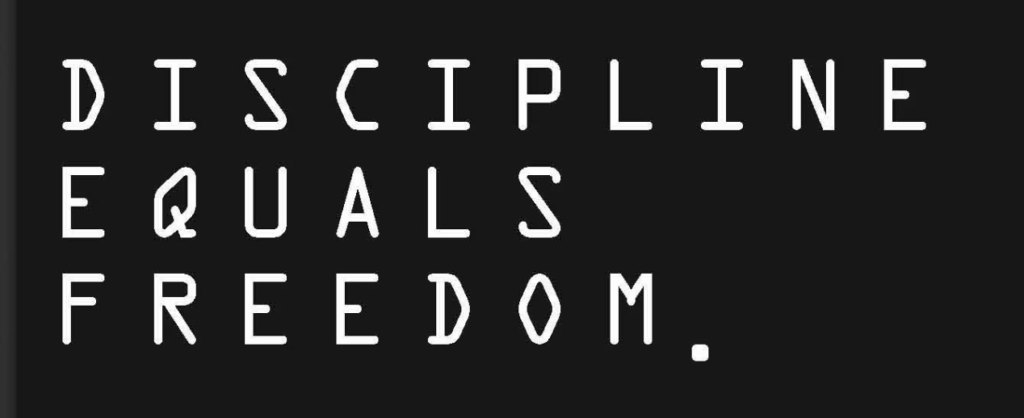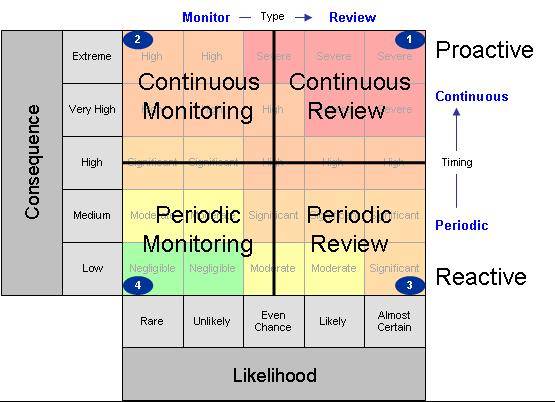There’s a good chance that problems exist in your company. No team, process, or tool is perfect. Identifying these problems is relatively easy. But have you ever wondered why so few venture beyond simple identification? My years of experience in the industry show me that 99% of people stop there, adopting one of two attitudes:
- They incessantly complain, becoming bitter.
- They adopt a defeatist attitude where nothing changes, leading to depression.
It’s rare for someone to choose the third option: suggesting solutions.
Depending on your career stage, this can be simpler or more complicated. Paradoxically, it’s easier to suggest solutions early in your career. Here’s why:
When you’re a junior, your work scope and sphere of influence are smaller. The problems you identify and the suggested solutions usually have limited impact, and the implementation risk is relatively low. Often, your idea improves your day-to-day life but has little or no effect on the company. Moreover, you usually only need to convince your immediate superior. And even that is questionable. Early in my career, I often just changed how things were done.
On the other hand, as you advance in your career, the stakes rise. You may identify a problem whose solution requires money, time, and even subtle or drastic changes in the company’s organization.
The challenges are complex and often involve multiple departments. It can be challenging to perceive these problems immediately. Some may have cascading effects, not being immediately evident. Before proposing solutions, it’s crucial to identify the problem. This involves convincing others of its existence and presenting concrete data and examples. Often, this requires taking the issue to the highest levels of the organization. Convincing high-level executives usually demands considerable effort.
The Reality of Managers
As a manager, my day-to-day life is a whirlwind of meetings, decisions, and, of course, problems – both mine and the team’s. Solving these issues is part of my job, but let me tell you: when a team member comes to me not only with a problem but also with ideas to solve it, it makes all the difference. This initiative shows that the person is not just passing the problem forward but is genuinely engaged in finding a solution. This helps me untangle things faster and adds value to our team. It shows that the employee understands the business and cares about the company’s progress, a crucial point for those seeking professional growth.
This ‘roll up your sleeves’ attitude and seeking solutions, thinking beyond the basics, makes someone stand out. When I see a team member demonstrating this proactivity, I already think of them for future leadership opportunities. That’s because these actions don’t just solve the immediate problem; they create a more collaborative and innovative environment. And that’s the kind of mindset I seek to develop. If you have a suggestion, don’t hesitate to bring it forward. You might be solving a problem and opening doors for your growth in the company.
The Art of Presenting Solutions

When you encounter a problem at work, focusing only on the issue is tempting. However, to stand out, it’s crucial to think about solutions. First, deeply understand the problem. This might involve researching, observing how the problem affects different company areas, and asking for colleague feedback. Remember, an accurate diagnosis is half the solution. The solution is not always obvious.
With a clear understanding of the problem, start developing solutions. Here, creativity is your ally. Think of innovative but realistic solutions. You don’t need to reinvent the wheel; sometimes, a slight improvement in an existing process can make a big difference. Also, consider the available resources and possible resistances. A viable solution is one that can be implemented with current resources and has a chance of being accepted by the team and management.
When you have a solid solution, prepare to present it. Create a clear and concise argument, supporting your idea with data and examples demonstrating its benefit to the team and the company. Prepare a presentation or a document summarizing your proposal. This shows professionalism and facilitates understanding of your idea.
Finally, be flexible and open to feedback. Be prepared for discussions and questions when presenting your solution. Listen to concerns carefully and be willing to adjust your proposal as necessary. The ability to adapt your ideas and collaborate with others is as important as identifying problems and suggesting solutions. By following these steps, you will solve problems and demonstrate initiative and leadership ability, valuable qualities at any stage of your career.
How About You?
Now, I’d like to hear from you: how do you deal with challenges in your work environment? Is there a situation where you identified a problem and proposed an innovative solution? Share your experiences in the comments.










